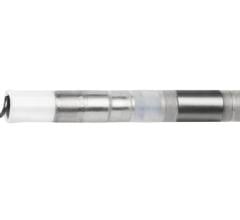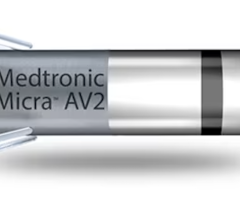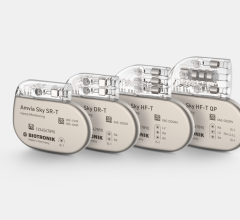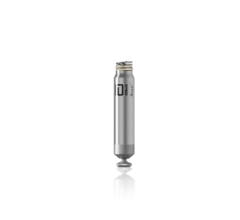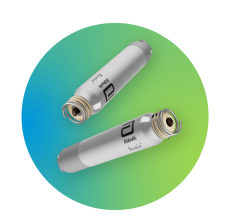May 21, 2008 - Physicians can detect and diagnose clinically actionable events earlier in pacemaker patients who utilize remote interrogation compared to those that are followed via routine office visits augmented by transtelephonic monitoring (TTM), according to the PREFER Trial, a late-breaking clinical trial presented at Heart Rhythm 2008, the Heart Rhythm Society’s 29th Annual Scientific Sessions.
The PREFER Trial is the first to compare remote monitoring diagnosis rates to diagnosis rates using traditional pacemaker follow-up. The prospective, randomized trial analyzed data from 897 patients from 50 centers throughout the United States. At enrollment, patients were randomized 2:1 to have pacemaker follow-up by a combination of in-person programming evaluations augmented by either remote interrogation or transtelephonic rhythm strip evaluations. At each follow-up visit or scheduled transmission, physicians reviewed the available data for pre-specified clinically actionable events.
“With current pacemaker systems continuously recording clinical information, clinicians now have robust and objective data to diagnose clinical events. However, this information is only valuable if providers can access it in a timely manner that enables clinical intervention before the event progresses,” said lead author Bruce L. Wilkoff, MD, FHRS, Director of Cardiac Pacing and Tachyarrhythmia Devices at the Cleveland Clinic and chair of the Heart Rhythm Society’s Health Policy Committee. “Internet-based remote monitoring tools now make it possible for clinical information to reach physicians with minimal intrusiveness for both the patient and the clinician.”
At the end of the 12 month trial, results showed that clinically actionable events are detected earlier in patients that used remote interrogation instead of TTM monitoring. Overall, less than 2 percent of events were detected by remote transmission in patients using TTM monitoring, while more than 60 percent were detected in the patient group that used remote interrogation.
For more information: www.hrsonline.org

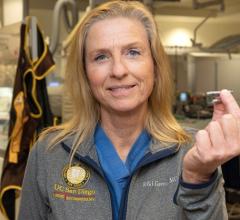
 March 26, 2024
March 26, 2024 

